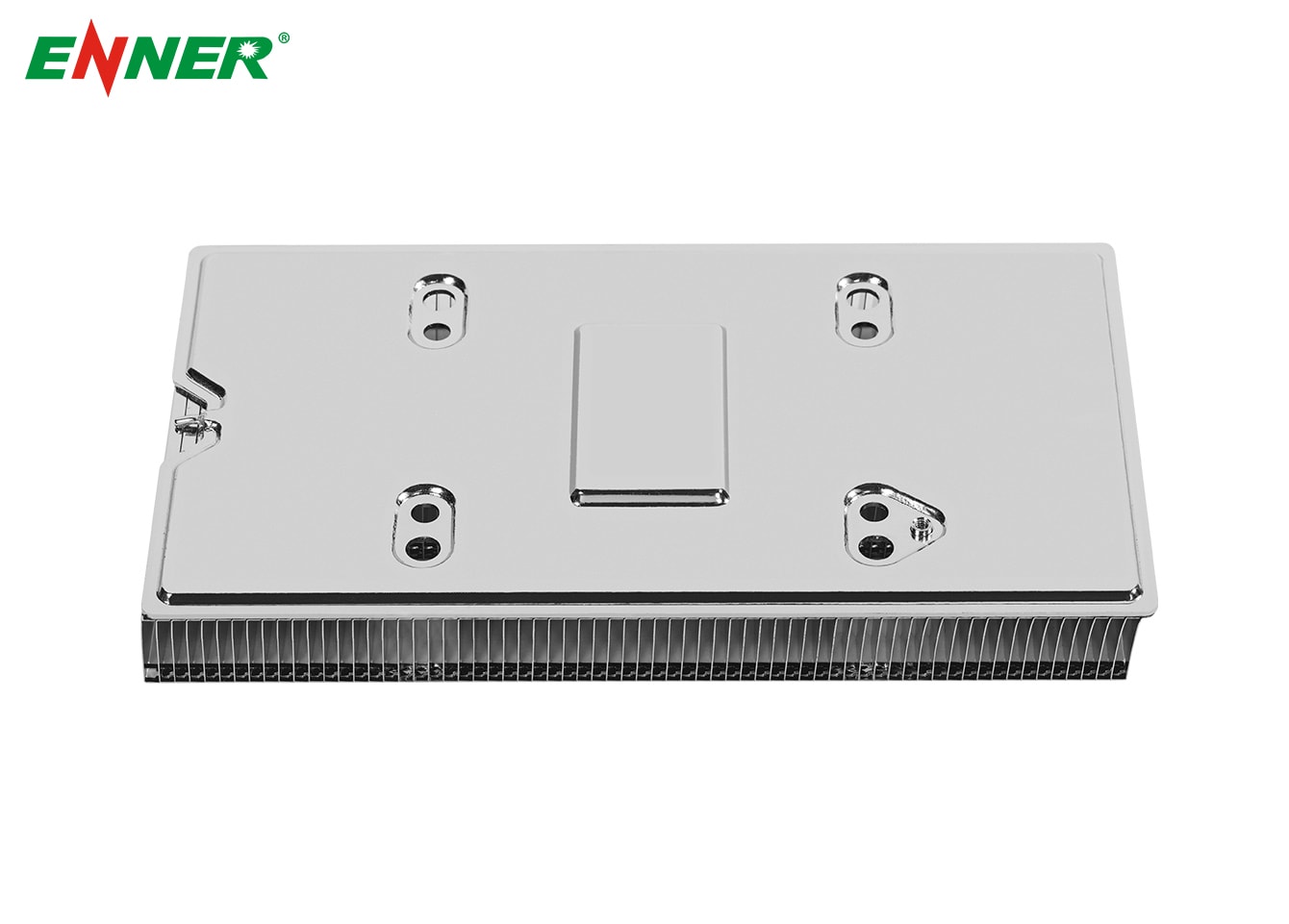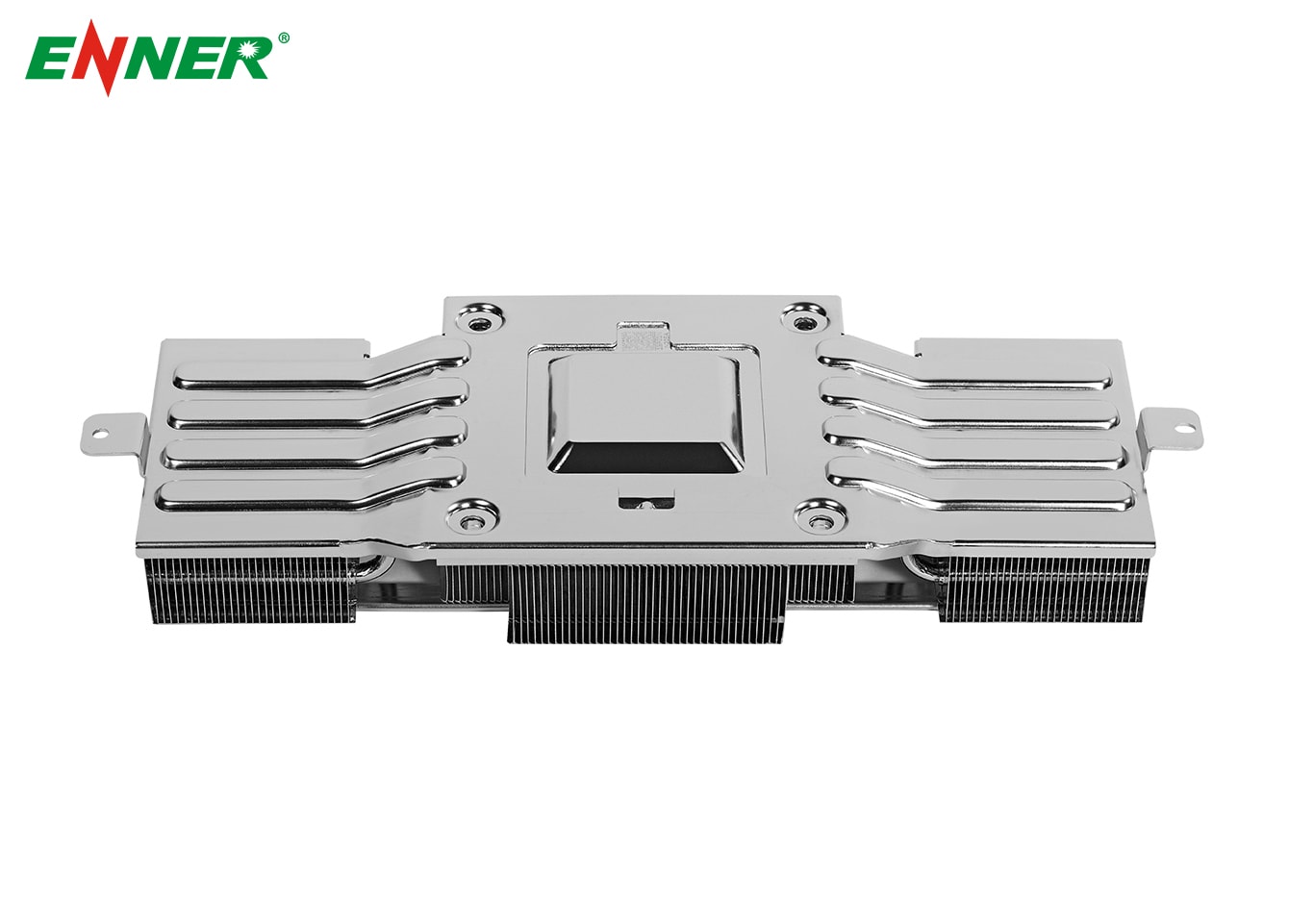News
Site Editor
 Site
/uploads/image/658e1b5398ef3.png
As electronic devices like smartphones and tablets become more powerful and compact, efficient thermal management solutions are crucial.
Site
/uploads/image/658e1b5398ef3.png
As electronic devices like smartphones and tablets become more powerful and compact, efficient thermal management solutions are crucial.
Heat Pipe vs Vapor Chamber: What's the Difference in Performance and Applications?
Views: 1382
Author: Site Editor
Publish Time: 2025-02-17
Origin: Site
As electronic devices like smartphones and tablets become more powerful and compact, efficient thermal management solutions are crucial. Heat pipes and vapor chambers are two common solutions that help keep devices cool. But how do they differ in performance and application? Let's dive into the world of heat pipes and vapor chambers, breaking down their functions, advantages, and best-use scenarios.
What Are Heat Pipes and Vapor Chambers?
At their core, both heat pipesand vapor chambersuse a process called phase change to transfer heat. A heat pipe has a high thermal conductance, meaning it can move large amounts of heat with just a slight temperature difference. A vapor chamber, however, is a flat version of the heat pipe, offering even better heat distribution.
Compared to traditional materials like copper, both heat pipes and vapor chambers have a few key advantages:
-
Higher thermal conductivity.
-
Lower densitythan copper, making them lighter.
-
Hollow structure, which results in reduced weight.
These features make heat pipes and vapor chambers excellent choices for efficient thermal management.
 High Power Heat Pipe Heat Sink
High Power Heat Pipe Heat Sink
How Do Heat Pipes and Vapor Chambers Work?
Heat pipes and vapor chambers operate similarly. Here’s how they work:
-
Heat Pipe: It contains a small amount of working fluid inside a sealed metal pipe. When heat is applied to one end, the fluid evaporates, absorbs the heat, and travels to the cooler end. There, it condenses and releases the heat, then returns to the hot end through capillary action, starting the cycle again.
-
Vapor Chamber: The vapor chamber functions the same way but with a flat structure. It can spread heat over a larger area, which makes it ideal for applications that require more even heat distribution, like large processors or power-hungry electronics.
Comparing Performance: Heat Pipe vs Vapor Chamber
Now, let's look at the key performance differences:
-
Thermal Conductivity: Both heat pipes and vapor chambers have excellent thermal conductivity. However, vapor chambers spread heat over a larger area, making them more suitable for devices with high power density.
-
Design Flexibility: Heat pipes offer more design flexibility. They can be bent or shaped into different configurations, making them useful for complex or cramped spaces. Vapor chambers, however, are typically flat, limiting their design flexibility.
-
Thickness: Vapor chambers can be made much thinner than heat pipes. For instance, they can be as thin as 0.2 mm, making them suitable for devices that require ultra-thin designs, like smartphones and wearables.
-
Cost: Heat pipes are cheaper to manufacture, while vapor chambers require more complex production processes and are therefore more expensive. However, advances in manufacturing are gradually bringing the costs of vapor chambers down.

When to Use Heat Pipes and Vapor Chambers
Both heat pipes and vapor chambers excel at managing heat, but their applications can vary depending on the needs of the device.
-
Heat Pipes: They are ideal for applications where heat needs to be transported over longer distances, such as in laptops, power electronics, and medical devices. Their ability to bend and be positioned in various orientations makes them flexible for a variety of designs.
-
Vapor Chambers: These are best for devices with high power density and limited space for heat dissipation. They are commonly found in graphics cards, high-performance processors, and devices that need uniform cooling across a larger area.
Conclusion: Which One Should You Choose?
In the end, choosing between a heat pipe and a vapor chamber depends on the specific requirements of your application. For devices that need to spread heat over a large area and have minimal space, vapor chambers are the way to go. On the other hand, for designs that require flexibility and cost-effectiveness, heat pipes may be a better choice.
Looking to optimize your device's thermal management?Understanding these cooling solutions will help you make an informed decision. Whether it's for a smartphone, gaming console, or laptop, selecting the right thermal solution ensures better performance and longevity for your devices. Keep your tech cool, efficient, and reliable—choose wisely!
 High Power Heat Pipe Heat Sink
High Power Heat Pipe Heat Sink
